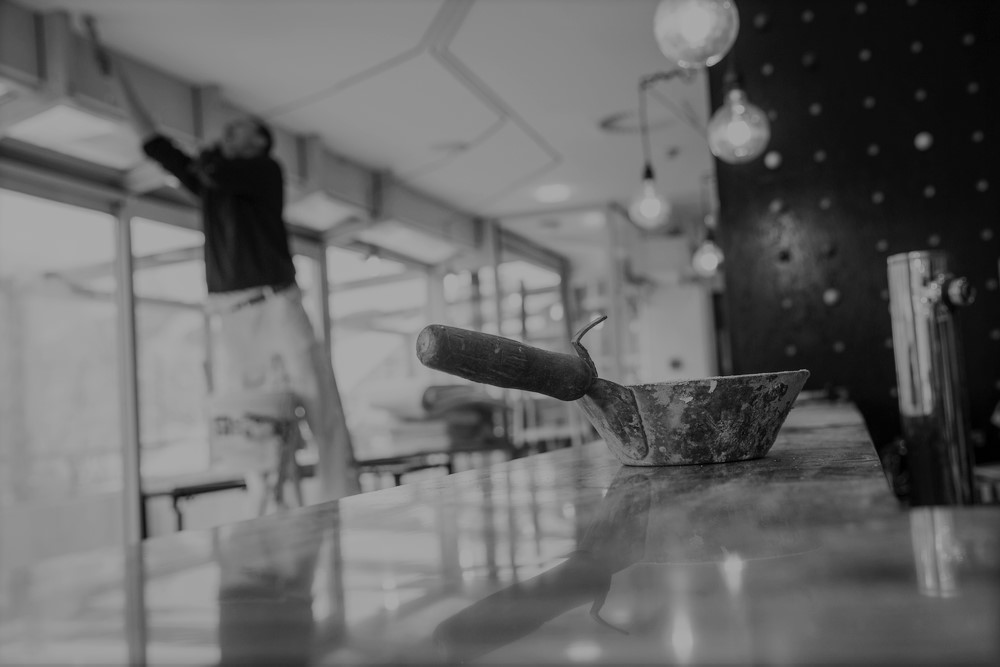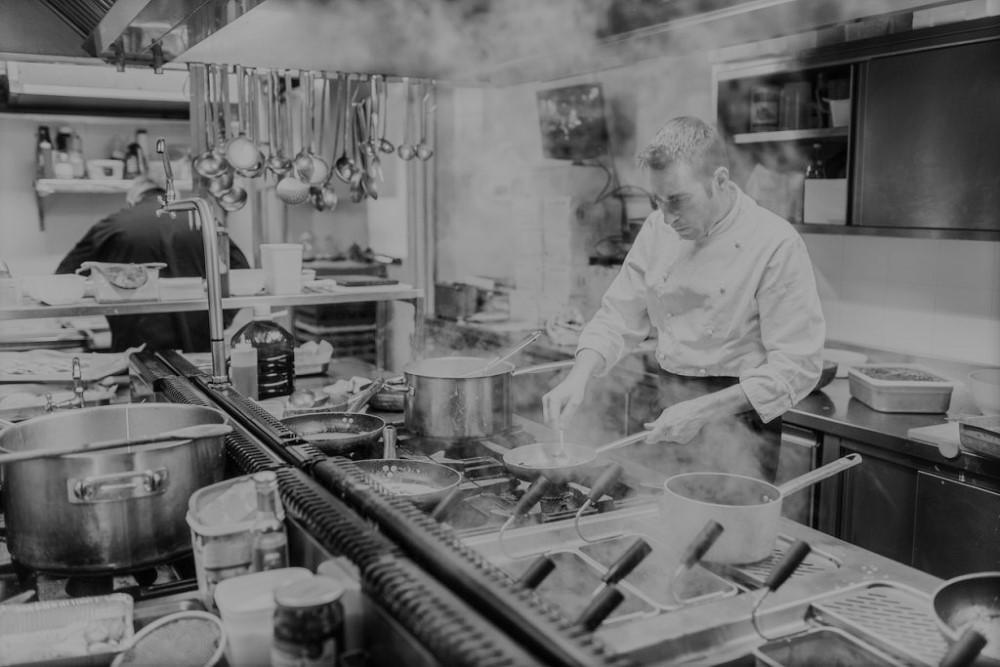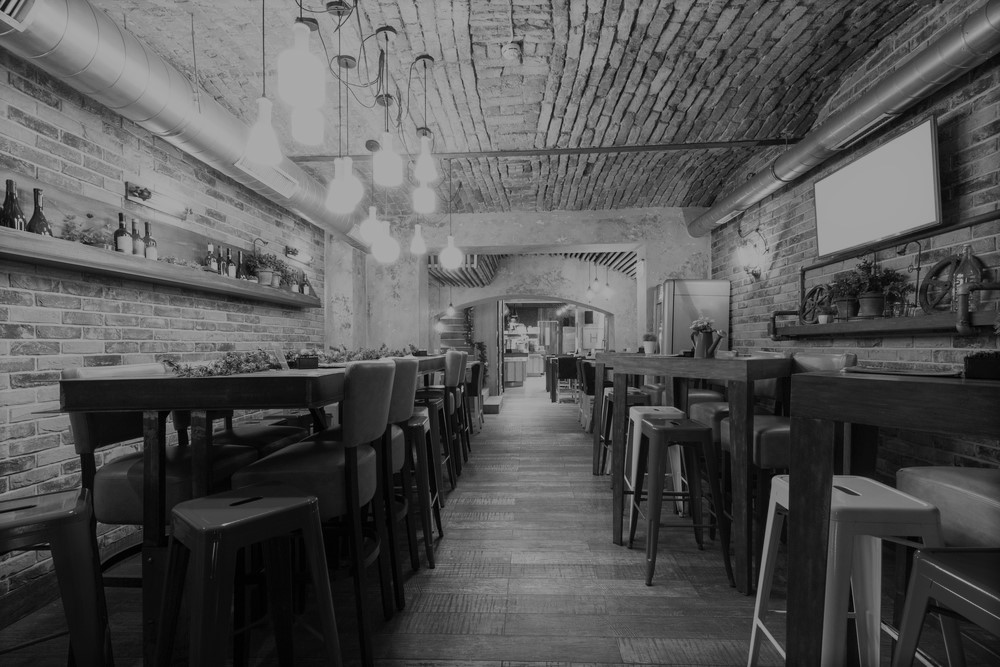Building Team Experiences to Keep Staff Engaged
Originally Posted on FoodableTV – By Doug Radkey 04/17/2017
Within the industry, we always talk about “experiences” — and rightfully so. At the end of the day, experiences are what restaurants sell to customers. All of the emphasis, however, is on customer experiences; but what about staff experiences?
Desirable experiences don’t stop with just your customers. Your team craves experiences, too! As owners, operators, and managers; it is up to you to make your concept more than just a “job” or way for staff to “pay their bills”.
Ask yourself this. Does your team come to work excited each and every day? How do you think they speak about your restaurant with their friends and family off-duty? Is it a positive message?
Implementing the right culture statement and team-based strategy will assist in controlling your labor costs and reduce turnover, resulting in not only stronger consistency within your operations, but also a positive environment that will flow through to your customers and help amplify word-of-mouth marketing.
Here are some tips to help you get started.

Web Presence and Social Media
Restaurant consumers are seeking to learn and understand the culture of a restaurant when deciding on their eating destination. This is a great opportunity to showcase your team on your social media channels and on your website. Create a bio for your staff noting something unique about them, take a photo (or better yet, a video) of them, and share this content to your online community. This will equally make your staff feel like they’re a part of a team and the business development process.
Create a Stay Interview
Many have likely heard the term “exit interview,” but what about a “stay interview”? Take video to the next level by interviewing your staff and developing a series of testimonials as to why they love working for your restaurant. This tactic will create a sense of place and family among your team and also assist in your hiring process; positioning you to attain higher-quality candidates who seek a positive working environment.
Continuous Education
A great team member is one who craves learning and one who brings the same set of values as you do to the table. Depending on your concept and financial model, consider developing an educational program for your team. Think outside the box and create culinary/hospitality scholarships and/or consider sending your team to farms, breweries, wineries, etc., to learn about specific products you offer and their development processes. Continuous education will create a sense of appreciation, enticing your team to stay loyal to your establishment while benefiting not only their experience, but your customers experience as well.
Profit Sharing Programs
It’s safe to say that people enjoy working towards a common goal. Consider creating a realistic monthly revenue goal (slightly above your current average) for your establishment. Now share this goal with your staff and create a plan for the month on how to collectively obtain that goal. If you surpassed that goal (congratulations), distribute a percentage (5 percent, for example) of the monetary difference among your team. Repeating this process each month will not only increase your revenue and profit, but will develop a team-like working environment; reducing turnover and making your team feel important to the business and its success.
SMART Staff Reviews
Speaking of goals, there should be team-oriented goals (profit sharing) and also personal goals developed within an overall action plan. You should sit down with each individual teammate at least once every three months. During this meeting and using SMART (Specific. Measureable. Attainable. Realistic. Timely.) objectives – give each teammate something to work on over the next three months. This could be increasing revenue per transaction averages, providing accurate inventory counts, reducing waste levels, or having accurate end-of-day cash reports. Of course, reaching objectives should be rewarded, therefore create a reward program that works for your concept and financial model.
Creative Mindset
Don’t let your staff get complacent by having the same menu month-after-month and year-after-year. This will lead to boredom, which will eventually lead to turnover, especially in the kitchen. Allow your team to be creative by “creating” food or beverage options that fit within the confines of your concept. Consider holding an in-house contest each month to choose one featured food and beverage option created by a staff member. Highlight this on your social media and in-house marketing (effectively creating a story), while rewarding that individual with a commission on sales from the item during that month. If the product sells really well, consider adding that item to your everyday menu the next time you re-engineer your menu.
In summary, execute a marketing plan approach to your staff recruitment and staff development program. The time, resources, and effort spent on this will be well worth it in the long-run. Just ask your staff!









